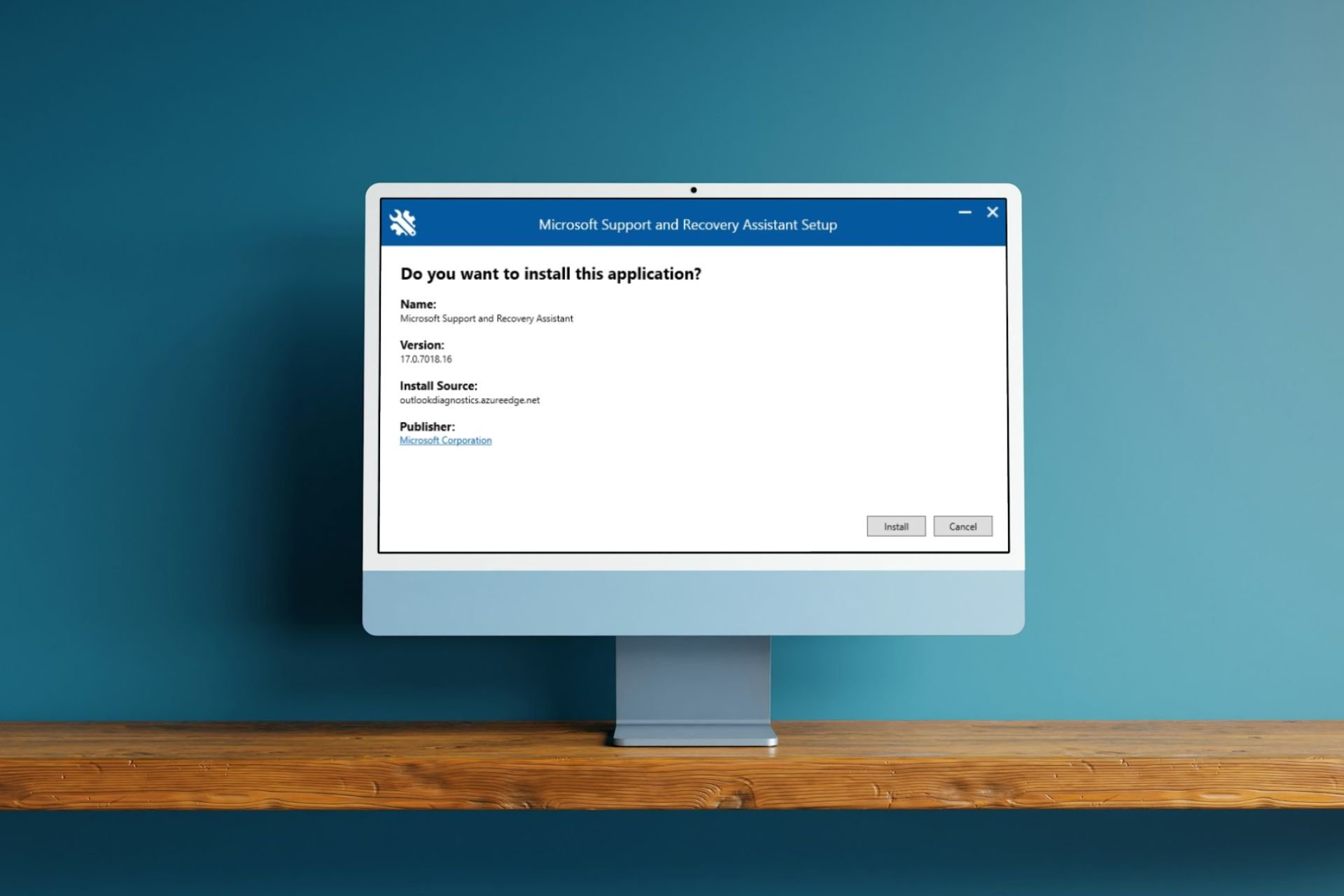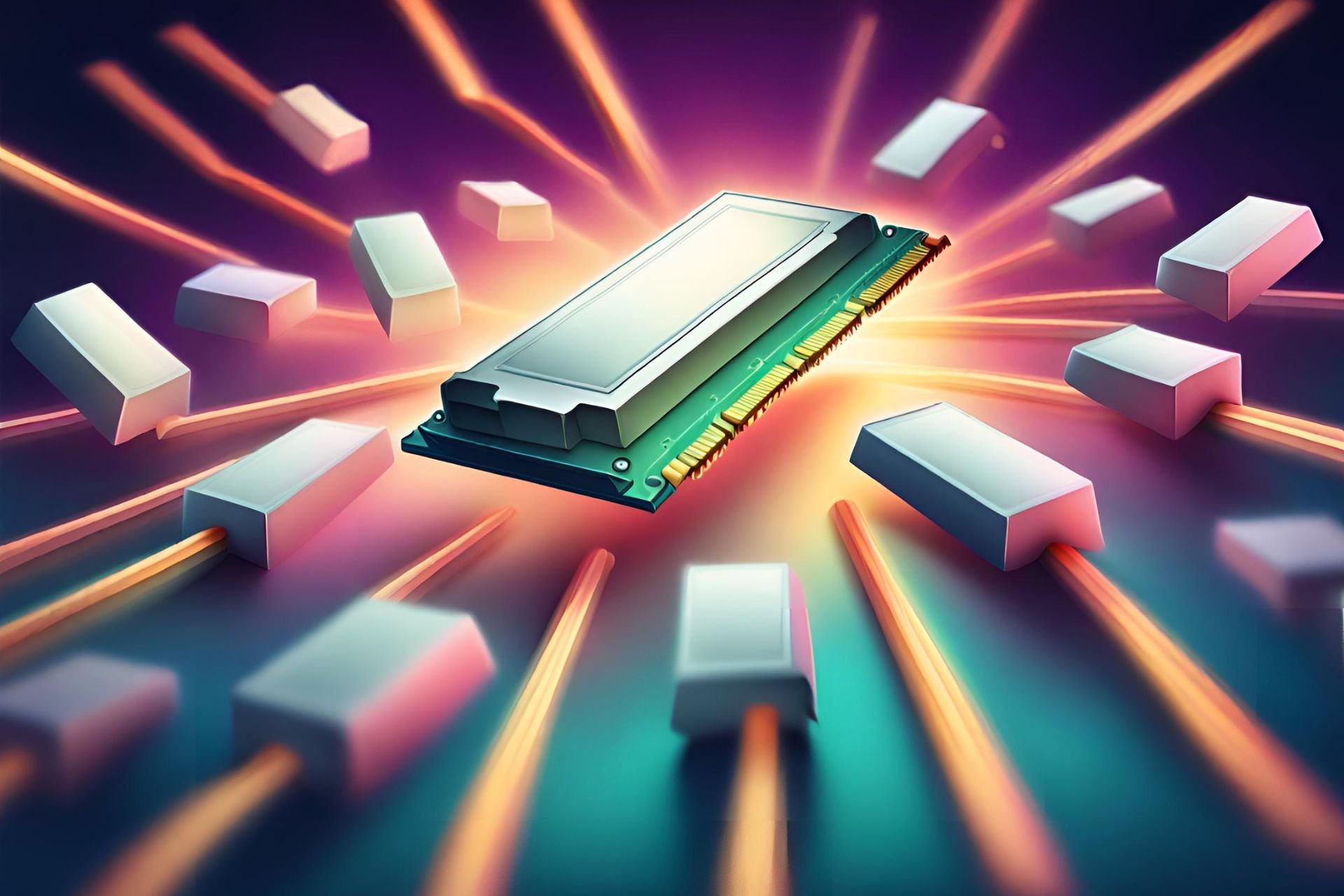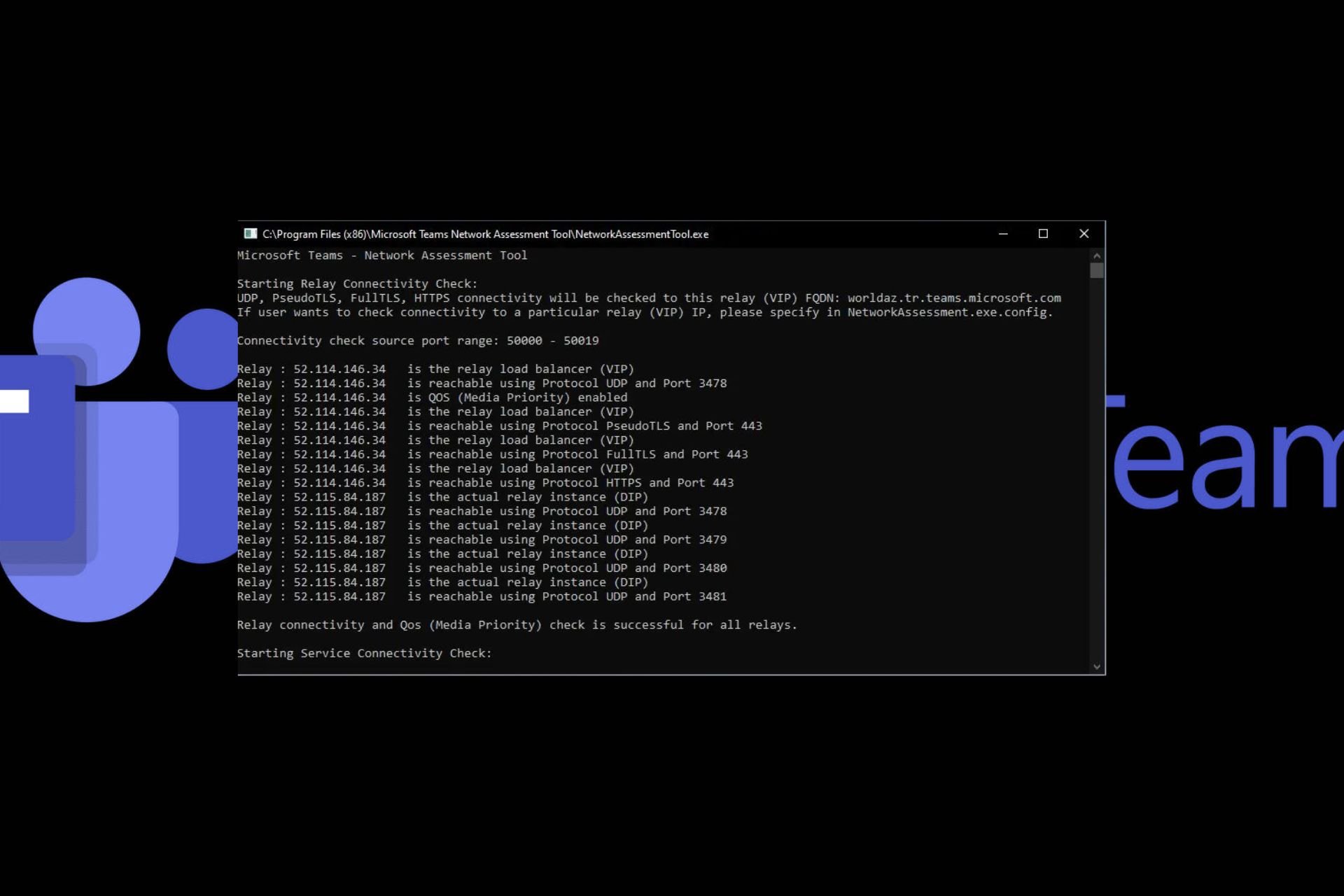What Is DOCP & When Should You Turn It On or Off?
You will optimize your RAM speeds and timings with DOCP
3 min. read
Updated on
Read our disclosure page to find out how can you help Windows Report sustain the editorial team Read more
Key notes
- DOCP (Direct Overclock Profile) is a feature found in ASUS motherboards with Ryzen CPUs.
- It is designed to simplify the process of overclocking RAM (Random Access Memory) modules.

If you use AMD motherboards, then you may be curious about DOCP. This is especially important for overclocking your RAM to its rated speed.
Overclocking, for many users, may be a performance upgrade, but does it come with any risks? We discuss DOCP in this comprehensive guide and explore some pros and cons.
Also, if you are interested, we have written about the best AMD CPU overclocking software.
What Is DOCP?
DOCP stands for Direct Overclock Profile and is comparable to Intel’s XMP (Extreme Memory Profile) technology. It is known for the following:
- Helping memory modules operate at higher frequencies and with better timings.
- Adjusting the voltage to the manufacturer’s suggested levels.
RAM has a specified speed and timing. A 3200MHz DDR4 kit, for instance, would have timings of 16-18-18-36.
Your motherboard will automatically set the RAM speed and timing to the recommended levels when you enable DOCP.
To learn more about RAM speed, check our guide on what happens if RAM is faster than CPU to learn more.
Should I turn on DOCP?
Most people will favor enabling DOCP for the following reasons:
- You get optimal RAM performance by enabling them to operate at the claimed speeds and timings.
- DOCP automatically applies the RAM-specific XMP profile, so, no manual fiddling with settings.
- Running your RAM at higher frequencies can result in quicker data transfer rates and responsiveness.
- Higher RAM speeds can improve your system’s capacity to manage numerous activities concurrently.
However, there are some drawbacks, some of which we state below:
- Using DOCP to overclock your RAM may cause instability, leading to system crashes or blue screens.
- DOCP Incompatibility problems may prohibit the XMP profile from being applied successfully.
- It may increase the heat the RAM modules produce, necessitating additional cooling methods.
- Overclocking the RAM modules might void their warranties.
Understanding overclocking ideas and associated hazards is necessary to enable DOCP. You run a bigger risk of selecting the wrong settings or encountering problems if you don’t have the required expertise or experience.
How to overclock RAM using DOCP?
Use Ai Tweaker in BIOS
- Log into your BIOS by clicking F2 (This will be different for certain computers) before the computer begins to boot.
- In the BIOS, click on Advanced Mode.
- Click on Ai Tweaker, and select D.O.C.P from the AI Overclock Tuner dropdown list.
- Lastly, click Exit, these Save & Reset.
- When your system boots DOCP should be enabled.
Is DOCP good or bad?
DOCP is good for the following reasons:
- It prevents user mistakes when selecting voltage and speed.
- Configuration is automatic according to the hardware requirements.
- Offers improved stability.
- Impacts CPU’s memory controller.
We have covered a lot on overclocking in previous guides, and you may learn about the best overclocking tools in our comprehensive article.
This is as much as you may need to know regarding DOCP technology. We love to hear from you, so reach out to us with questions or let us know if we may have left out something in this guide.











